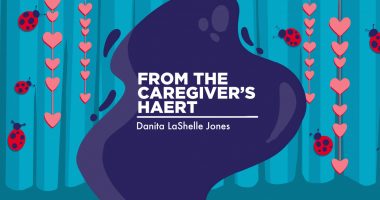Takhzyro Safely, Effectively Treats HAE in Young Children, Trial Finds

The one-year Phase 3 SPRING study evaluating the safety, efficacy, and pharmacological properties of Takhzyro (lanadelumab) in children with hereditary angioedema (HAE), ages 2 to 11, succeeded in meeting its goals, Takeda, which markets the treatment, announced.
Based on these findings, the company plans to file applications with regulatory agencies worldwide, starting this fiscal year, to extend Takhzyro’s use to young children.
Takhzyro is an approved under-the-skin injection treatment to prevent swelling attacks in people with HAE, ages 12 and older, at a recommended dose of 300 mg every two weeks.
The open-label SPRING study (NCT04070326) demonstrated that Takhzyro’s safety profile — when given at doses of 150 mg every two weeks to children ages 6 to 11, and every four weeks to those ages 2 to 5 — was consistent with safety data seen in clinical trials that enrolled older patients. No serious adverse events were reported, and no discontinuations occurred due to side effects.
Pain at the injection site was the most common side effect reported in that earlier and placebo-controlled trial, the Phase 3 HELP study (NCT02586805).
In addition to SPRING’s primary safety objective, the therapy prevented HAE swelling attacks in these children, meeting a key secondary trial goal.
Details of the SPRING study will be presented at an upcoming medical meeting, Takeda reported in a press release.
“I’m pleased that Takhzyro has met these key objectives and I look forward to Takeda sharing further insights with the HAE community in the near future,” said Marcus Maurer, MD, a professor of dermatology and allergy at Charité – Universitätsmedizin Berlin, and principal investigator of the SPRING study.
In HAE, excessive levels of the signaling molecule bradykinin trigger episodes of swelling, most commonly in the face, tongue, lips, neck, or genitals. Takhzyro is an antibody-based therapy designed to stop these swelling attacks by blocking the activity of kallikrein, the enzyme that generates bradykinin.
SPRING enrolled 24 children, ages 2 to 11, with HAE at sites in the U.S., Canada, Germany, Hungary, and Spain. After one year of treatment, participants were followed for an additional four weeks. The study also explored Takhzyro’s pharmacokinetic properties, or how the therapy moves through the body, as well as its pharmacodynamic profile, or how it affects the body.
“We are encouraged by these results, as each objective met instills further confidence in the potential to bring a treatment option to this vulnerable population,” said Ashley Yegin, global medical unit head, HAE, global medical affairs at Takeda.







